KIT724 Assignment 4 & 5 Group 6 - VR
A downloadable game
1. Introduction
Elevator Pitch
Would you like to visit the well-known heritage of Australia's heart-shaped island written in stone and brick at home? Welcome to the Port Arthur VR project, where you can visit the prison's historical sites, and participate in card games, sailboats, and more.
2. Description of the application
The application presents a highly recreated view of Port Arthur, including the famous buildings of Port Arthur, such as the Penitentiary and the Church. In terms of experience, the application offers the same service as exploring Port Arthur in person and taking the ferry. In terms of services, the application also contains a visitor center to provide interpretation services. The main purpose of this application is to promote Port Arthur and to provide users with a guide service so that they can get a better experience when they are willing to explore Port Arthur first-hand. Another purpose of developing this application is to expand the user's knowledge. Port Arthur has many old buildings, and its historical background and the story behind it can let the user know more about this attraction, in order to deepen the user's impression of Port Arthur. Hence, this application is aimed at overseas users or people who are not particularly familiar with Port Arthur.
The greatest significance of this application is to restore tourism in Tasmania. One of Tasmania's biggest economic contributors is tourism. But two years of epidemics and Tasmania's strict COVID-19 pandemic prevention policies have made the state's tourism industry unpromising. In Lu et al. (2020)’s study, it is founded that an application about relevant attractions has a crucial role to play in the recovery of tourism. It can increase interest in the attraction and the desire to visit it. The second point of using this application is to enable users to customize the best route to explore Port Arthur. Because Port Arthur covers a large area and also has about thirty buildings, people are likely to be annoyed by the number of spots that need to be explored. This application allows users to decide which locations they would like to know and see before they experience them in person and saving them time when they are visiting Port Arthur. Therefore, it also avoids giving users a negative viewing experience. Third, the application could also help Port Arthur gain more reputation. The app simulates the services offered by Port Arthur, such as the friendly attitude of the staff in the visitor center, the fun card-finding game and the interesting presentation by the attraction guide, all of which can make the users feel the outstanding service concept and attitude of Port Arthur.
3. Description of the Interface-Solution
For those who know nothing or very little about Port Arthur, it is difficult to understand the real charm and uniqueness of Port Arthur through photos or simple words. If you cannot attract people's attention through these means, it is difficult to make them want to visit Port Arthur. Therefore, for the choice of technology, the characteristics of direct visual perception and interactive experience are crucial for this application. Thus, virtual reality technology has been chosen for this application. For VR, the most important feature is the sense of presence. When the user uses the application, the user would be in a set scene. This sense of space and presence from different dimensions can stimulate the user's visual perception (Gao 2019). Thus, the purpose of this application is to promote Port Arthur more effectively. And because of the integration and coordination between the scenes and the interior architecture, users can forget about the real scenes and become more involved in experiencing the virtual scenes that are set up. But for photos, mobile apps, web browsing and Augmented Reality (AR) do not provide the user with a complete sense of spatial dimensionality. This makes it impossible for users to fully enjoy the landscape and architecture of Port Arthur.
The second reason VR is appropriate for this application is immersion (Fan, Jiang & Deng 2022). Because VR can provide 360-degree visual, auditory and surround experiences, users can feel the highly restored natural scenes. This side of the use of mental model, so that people feel the scene and the consistency of the real scene based in their belief. The VR provides a sense of detail and clarity of the various objects can also allow users to the vividity of the scene to make them feel being surrounded. This provides maximum authenticity for the user. This feature also provides an opportunity for people who are unable to visit Port Arthur in person, such as the elderly and disabled, to experience the most authentic scenes.
The last but not least, VR can provide users with an interactive experience to increase interest and actionability. Interactivity is one of the factors that helps the most to increase the chance of users using the application. This is because interaction is one of the most important sources of subjective feelings. VR takes interactivity to a new level compared to zooming in and out of photos in cell phones, clicking and interacting with mobile applications and web pages, and gesture recognition or touch interaction in AR. For this application, the most representative interaction is to operate the cruise ship in the first person. These interactive experiences are only available in VR technology. Even if other technologies can perform operations such as driving a ship, most of them are in the third person. And the difficulty of the technology used in the interaction will also affect the user's experience of using the application. For some web and mobile applications, too many buttons and complex layouts can affect the efficiency of the user's use of the application. But for VR technology, users can intuitively use the handle as their hands to touch virtual objects for smooth interaction.
4. Interaction Design
Storyboard

Mary: Do you know Port Arthur?
Tom: I don't know, what is that place?
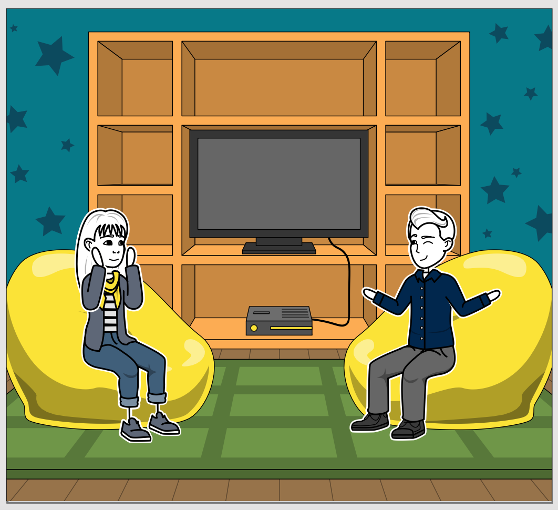
Mary: Port Arthur is a famous tourist attraction on the Australian island of Tasmania.
Tom: What's the fun in there?
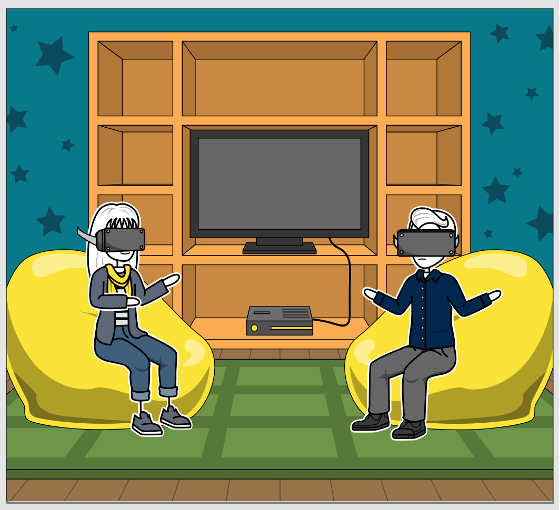
Mary: They have a VR project, let's go to Port Arthur.
Tom: OK.
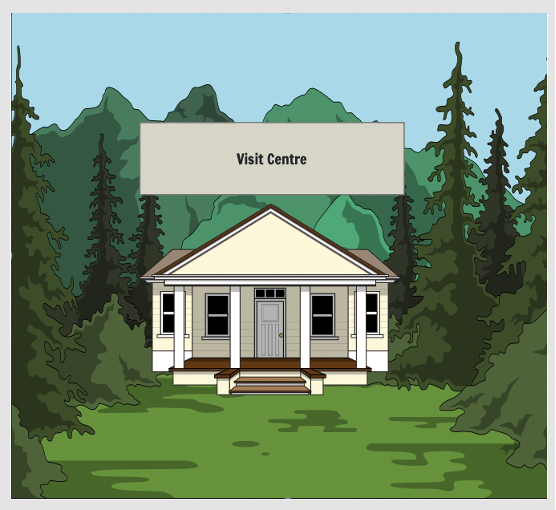
Now, Mary and Tom can see a house which is the visit centre in front of them.

When they walk into the house and see the serviceman, the broadcast about the introduction of the attractions will sound. They can pick up one card from the desk.
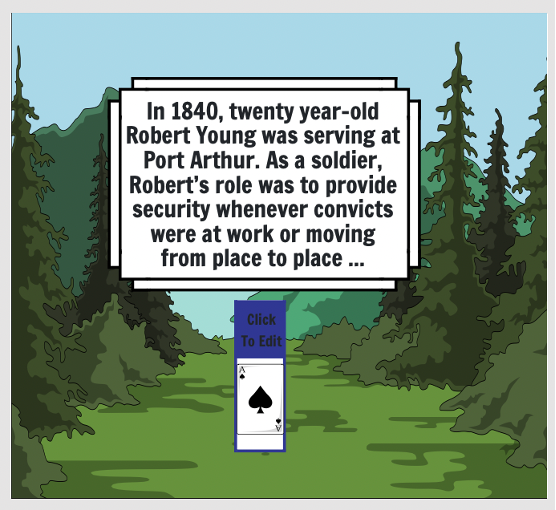
Then, they come to the front of the house, find the column corresponding to the card, press the button, and a story about the card will slowly appear in front of them.
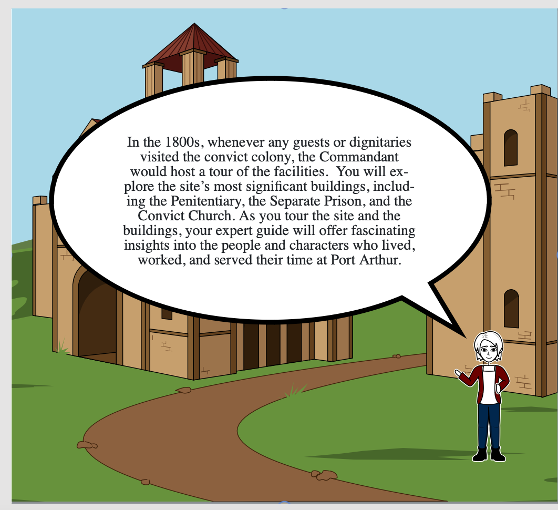
They can walk around the attractions, visit the ruins of the church, etc. Attractions will be introduced at various sites.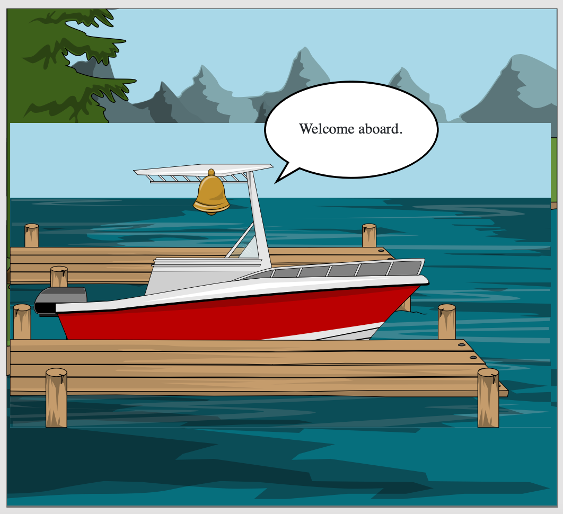
They can also go to the pier and press the button to take a boat to the other side to visit the Dead Island Cemetery.
Interactions
The five interactions are broadcasting, grabbing cards, displaying text, sailing a boat, followed by a tour guide and introducing them at the corresponding attractions.
The broadcast is a great interactive function. If the user does not understand the scene, the history of Port Arthur and the precautions for visiting are briefly introduced in the broadcast. Even if the user leaves the visitor centre, the broadcast will not be interrupted, and the broadcast will be completed. This audibly adds interest to the project.
Grabbing cards is a must interaction, as cards are one of Port Arthur's specialties. In the real Port Arthur, when the ticket is purchased, the service staff will give a poker card with an avatar printed on it, and then visitors can see the story corresponding to their card in the museum. In this VR project, users can pick up a card on a table in the visitor centre and go outside to choose to read the story of their card. Different cards correspond to different stories. Users can understand the history at that time through the introduction of the corresponding story.
Display text is also a necessary interaction, which can display the story corresponding to the card. When users go outside to read the stories corresponding to the cards, they need to find the corresponding pillars. There are different cards on the outdoor pillars. After the user finds the same pattern and presses the blue button on the pillar, the story of the card will slowly rise from behind the pillar. The user can see the text in the air and understand the card and the story behind it.
Sailing a boat is also a great interaction in this VR project. When the user gets on the boat docked at the dock, press the blue button, you can stand on the boat, move with the boat, and can look around the scenery and buildings.
The accompanying tour guide and commentary are also a good interaction. When the user walks to a certain building, the tour guide will introduce the history of the building in words. In this way, users do not need additional knowledge, but directly understand the history of the building in the commentary.
5. Initial technical Development
We used the C# programming language and the Unity platform to develop this VR project, and through this project, we used interface technology to connect virtual reality to the real world.
The VR project uses the Oculus Quest 2 VR headset and its controllers to play with.
To participate in the available interactions, the player needs to walk into the visitor centre and close to the serviceman, the broadcast will play, then press the right controller to get the card, after releasing the right controller, the card will stay in the released position. In addition, outside the visitor centre, players also press the right controller to touch the blue button on the pillar, and the card story will slowly appear. When the ship needs to be sailed at the dock, the player also presses the right controller to touch the blue button on the pillar, and the ship will start to sail.
6. Initial 3D Models
Recreating elements of Port Arthur's most important scenes and interactions, these 3D models are an integral part of this VR project.
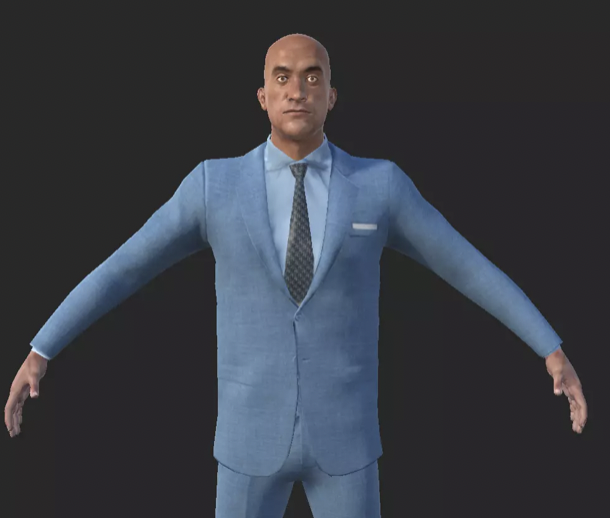 Visitor centre service man
Visitor centre service man
There will be a broadcast when you get close to this man.
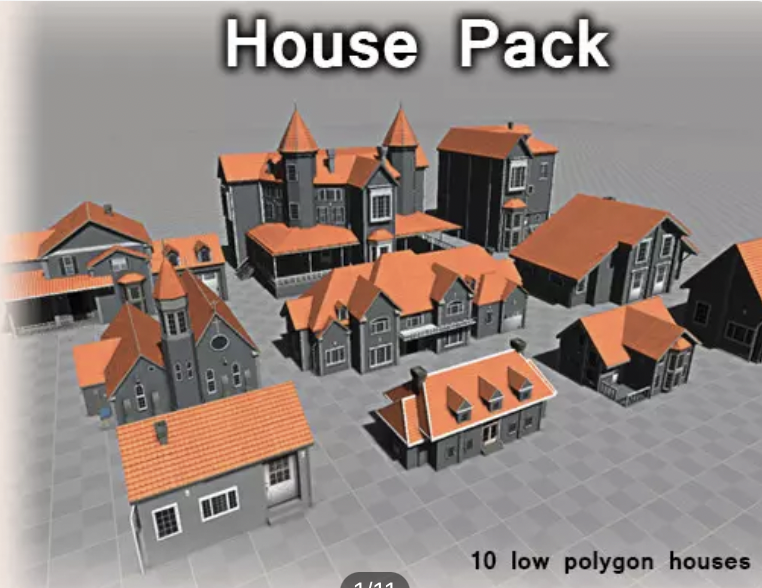 Attraction buildings
Attraction buildings
Port Arthur's buildings
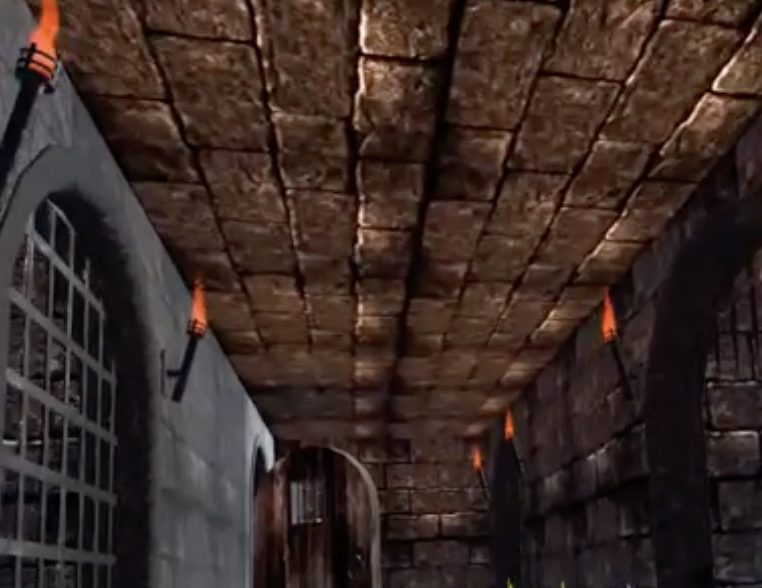
Prison
Port Arthur's building
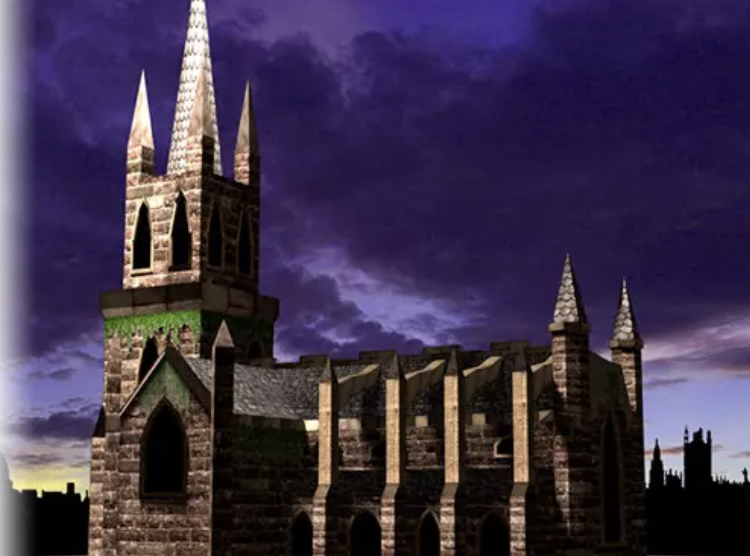
Church
Port Arthur's building
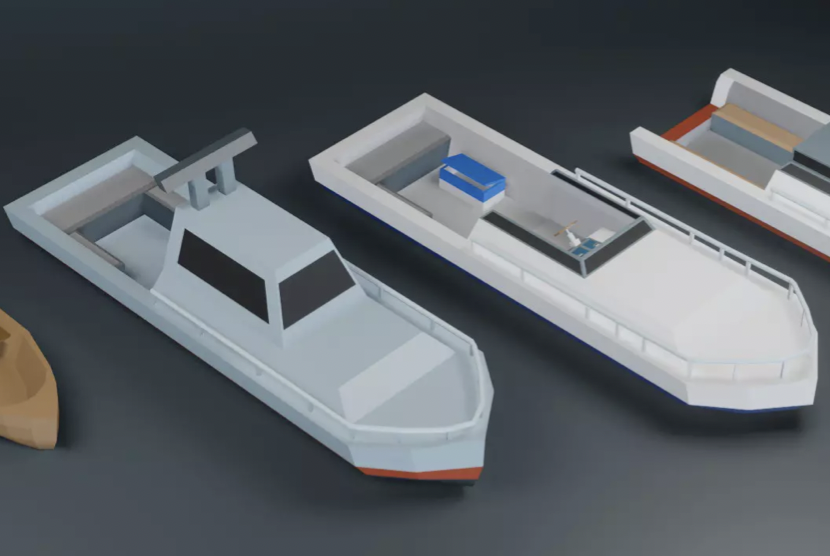
Boat
The right one with the blue box can sail when the button is touched.
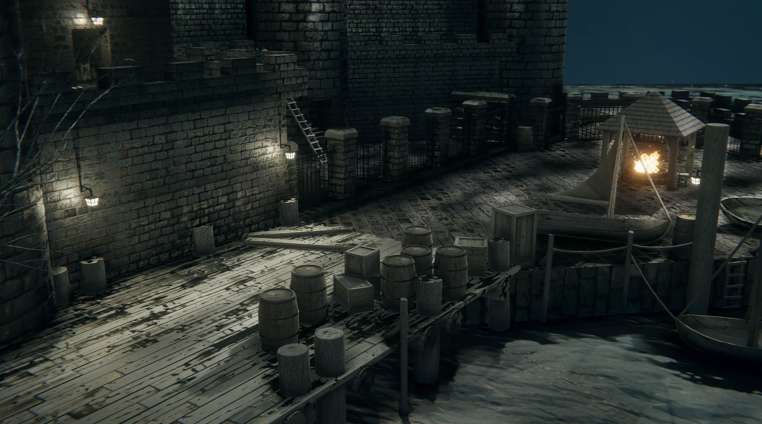
Pier and Castle
Port Arthur's buildings
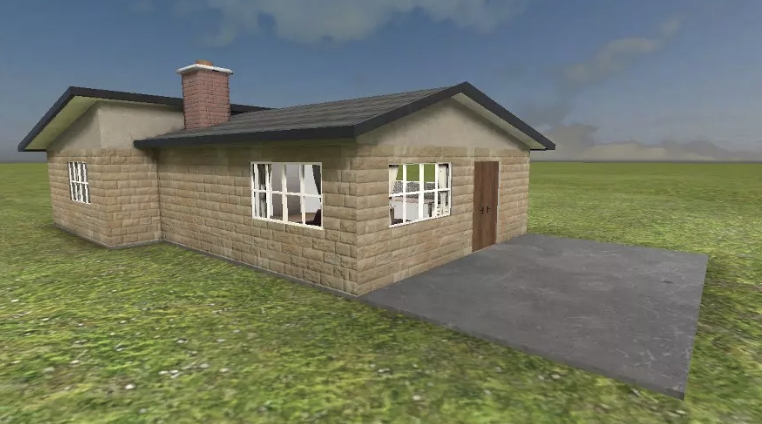
Visitor Centre
Port Arthur's visitor centre with staff and cards
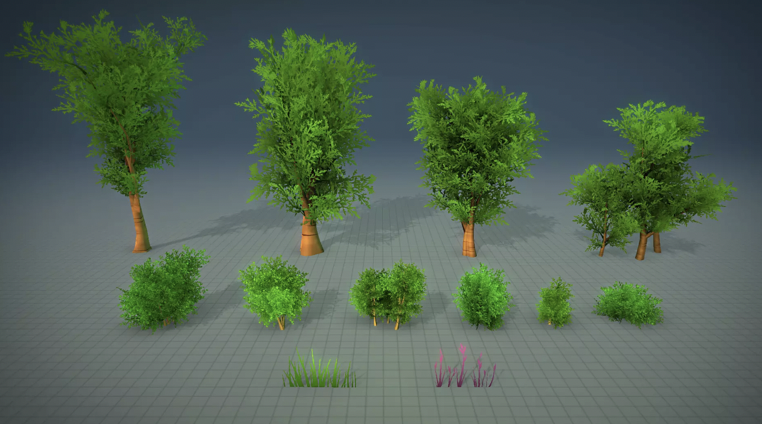
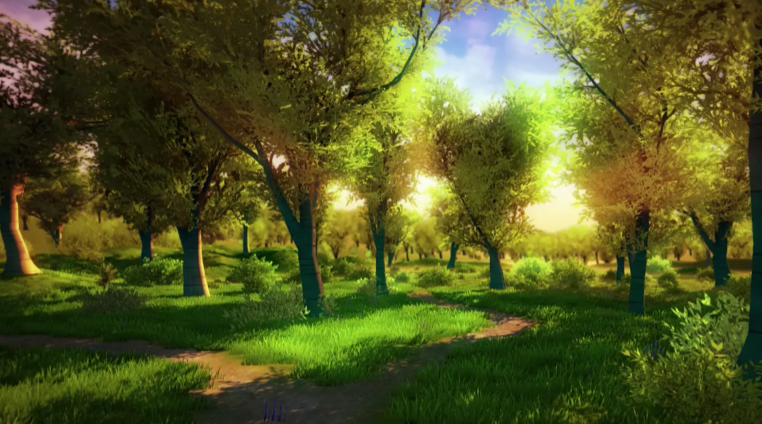
Trees and the environment
7. Conclusion
This VR project highly restores the famous sights and experiences of Port Arthur, such as the prison, church and cruise ships. When users experience this project with a VR device, they can listen to the broadcast, see the text of the story corresponding to the card, and interact with it to sail the ship. This VR project will bring wider publicity to Port Arthur, making users more willing to explore Port Arthur in person after the experience.
8. References
Websites
Software source code
3D models
Visitor centre service man: https://assetstore.unity.com/packages/3d/characters/humanoids/humans/man-in-a-suit-51662
Attraction buildings: https://assetstore.unity.com/packages/3d/environments/house-pack-35346
Prison: https://assetstore.unity.com/packages/3d/environments/dungeons/decrepit-dungeon-lite-33936
Sky: https://assetstore.unity.com/packages/2d/textures-materials/sky/10-skyboxes-pack-day-night-32236
Church: https://assetstore.unity.com/packages/3d/environments/urban/victorain-cathedral-large-church-22208
Boat: https://assetstore.unity.com/packages/3d/vehicles/sea/boats-polypack-189866
Pier and Castle: https://assetstore.unity.com/packages/3d/environments/old-sea-port-environment-36897
Visitor Centre : Centre:https://assetstore.unity.com/packages/3d/environments/urban/furnished-cabin-71426
Trees and the environment: https://assetstore.unity.com/packages/3d/environments/nature-starter-kit-2-52977
Audio
Broadcast: https://portarthur.org.au/self-guide/introduction/
Articles
Cranmer, EE, tom Dieck, MC & Fountoulaki, P 2020, 'Exploring the value of augmented reality for tourism', Tourism Management Perspectives, vol. 35, p. 100672.
Fan, X, Jiang, X & Deng, N 2022, 'Immersive technology: A meta-analysis of augmented/virtual reality applications and their impact on tourism experience', Tourism management, vol. 91, p. 104534.
Gao, Y 2019, 'Cognitive guidance and improvement of Alzheimer's disease patients based on human-computer interaction design', Cognitive Systems Research, vol. 56, pp. 192-202.
Download
Development log
- Assignment 5 ReportOct 27, 2022
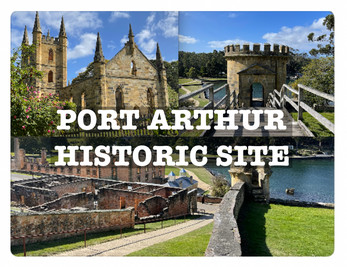
Leave a comment
Log in with itch.io to leave a comment.